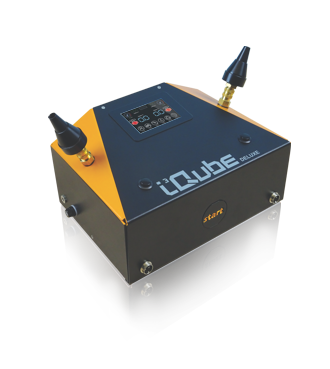

The two-dimensional electron system in graphene can be tuned to either a 2DEG or 2DHG (2-D hole gas) by gating or chemical doping. Recently, atomically thin solid materials have been developed ( graphene, as well as metal dichalcogenide such as molybdenum disulfide) where the electrons are confined to an extreme degree. Besides liquid helium, there are also solid insulators (such as topological insulators) that support conductive surface electronic states.
#Helium electric conductivity free
For example, free electrons will float on the surface of liquid helium, and are free to move along the surface, but stick to the helium some of the earliest work in 2DEGs was done using this system. Careful choice of the materials and alloy compositions allow control of the carrier densities within the 2DEG.Įlectrons may also be confined to the surface of a material. Two closely spaced heterojunction interfaces may be used to confine electrons to a rectangular quantum well. Electrons confined to the heterojunction of HEMTs exhibit higher mobilities than those in MOSFETs, since the former device utilizes an intentionally undoped channel thereby mitigating the deleterious effect of ionized impurity scattering. HEMTs are field-effect transistors that utilize the heterojunction between two semiconducting materials to confine electrons to a triangular quantum well. Other methods for engineering 2DEGs are high-electron-mobility-transistors (HEMTs) and rectangular quantum wells. However, the electron is free to move parallel to the interface, and so is quasi-two-dimensional. For thin-enough potential wells and temperatures not too high, only the lowest level is occupied (see the figure caption), and so the motion of the electrons perpendicular to the interface can be ignored.

When the transistor is in inversion mode, the electrons underneath the gate oxide are confined to the semiconductor-oxide interface, and thus occupy well defined energy levels. The most commonly encountered 2DEG is the layer of electrons found in MOSFETs (metal–oxide–semiconductor field-effect transistors). Most 2DEGs are found in transistor-like structures made from semiconductors. Heterostructure corresponding to the band edge diagram above.


 0 kommentar(er)
0 kommentar(er)
